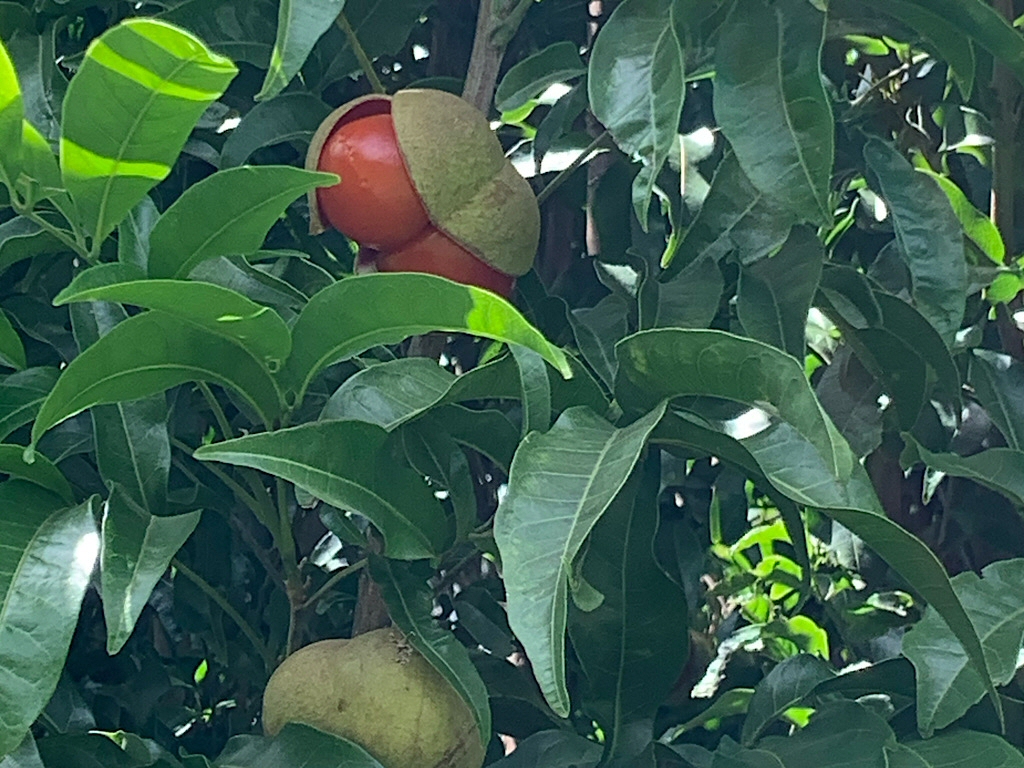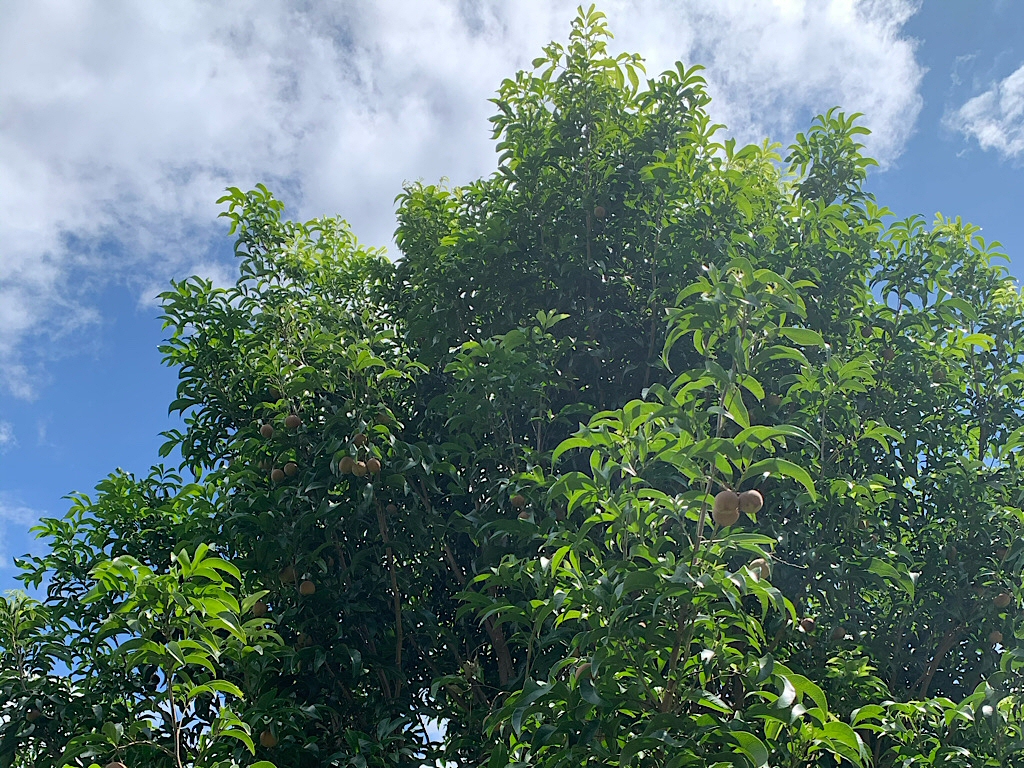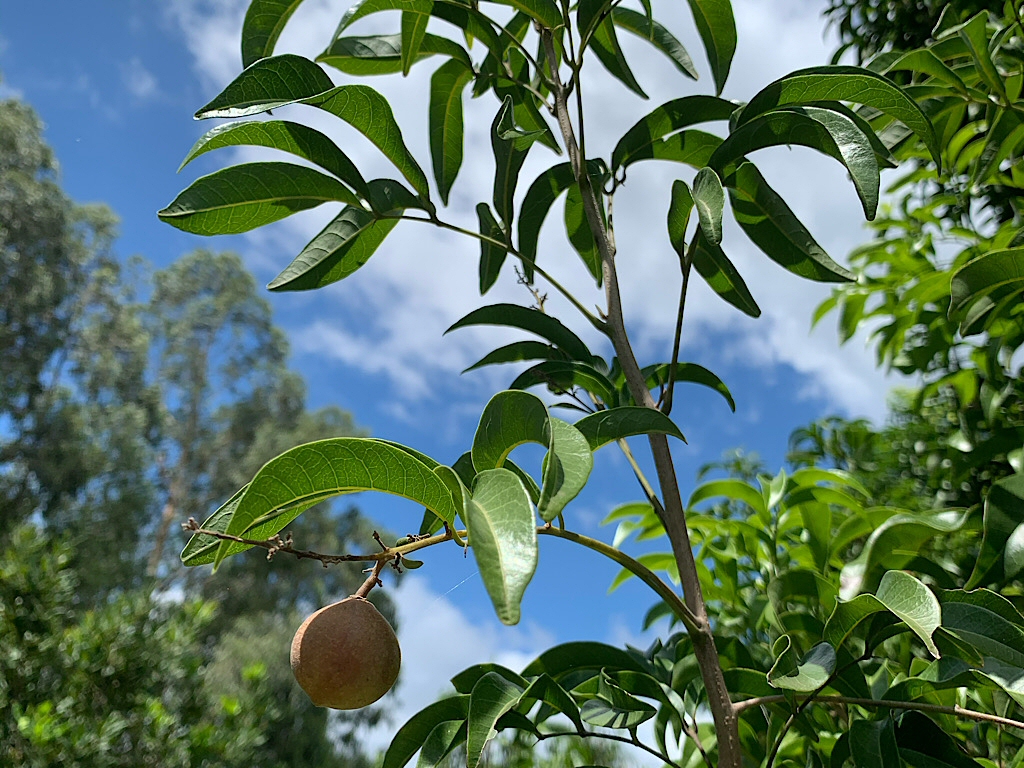-

Diploglottis campbellii - small leaf tamarind
-

Diploglottis campbellii - small leaf tamarind
-

Diploglottis campbellii - small leaf tamarind
A handsome rainforest tree that bears large edible if somewhat sour fruit in late summer to early autumn. In its natural range in northern NSW and southern Queensland it can grow to 30 metres, but will tend to be smaller in cultivation, but tends to be too large for the average garden where it may interfere with drainage pipes. It has a lovely shape with glossy foliage and a spreading crown on a grey brown trunk, and makes a lovely shade tree. It is threatened in the wild but readily available from nurseries now. The red, orange or yellow fruit is enclosed in a brown outer layer, and is very useful for cooking where it imparts a beautiful tangy flavour to sauces, chutneys, curries and cordials
